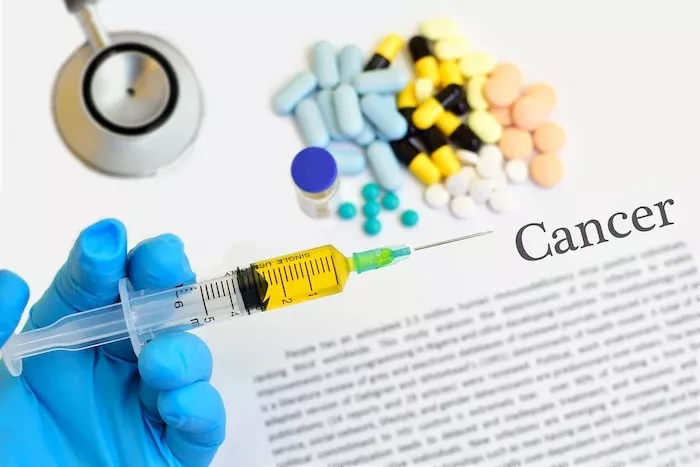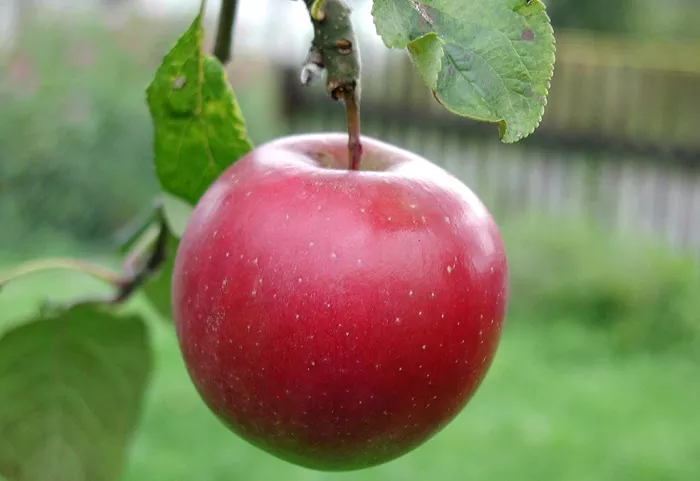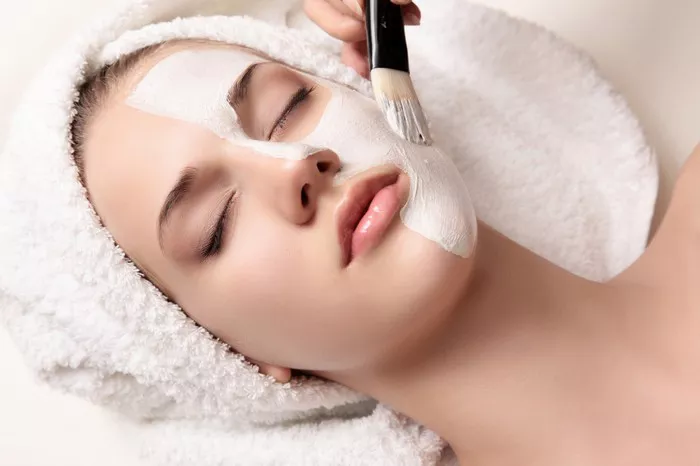Acne is one of the most common skin conditions, affecting millions of people worldwide, regardless of age or gender. While acne itself can be troublesome, its aftermath—acne scars—can be just as frustrating. Acne scars are the marks or discolorations left on the skin after an acne lesion heals. They can range from mild to severe, and their persistence often leads to a loss of self-confidence and emotional distress. Fortunately, there are several treatments available that can help reduce the appearance of acne scars, with topical ointments being among the most accessible and popular options. In this article, we will explore the various types of acne scars, the most effective ointments for treating them, and how to choose the right product for your skin type and needs.
Understanding Acne Scars
Acne scars form when the skin undergoes an inflammatory process during the healing of an acne breakout. The inflammation occurs when a pimple or cyst becomes infected and the body responds by producing excess collagen or breaking down too much collagen, leading to uneven skin texture. The severity of acne scars depends on the type of acne lesion, the depth of the damage, and how well the skin heals.
There are several different types of acne scars, each requiring a unique treatment approach:
1. Atrophic Scars
Atrophic scars are the most common type of acne scar. They occur when the skin loses tissue during the healing process, resulting in indentations or depressions in the skin. These scars can be further classified into three types:
- Ice Pick Scars: Deep, narrow indentations that resemble small holes or pits in the skin.
- Boxcar Scars: Broad, shallow depressions with sharply defined edges.
- Rolling Scars: Wide, shallow depressions with a rolling or wave-like appearance.
2. Hypertrophic Scars
Hypertrophic scars are raised scars that occur when the skin produces too much collagen during the healing process. These scars are typically red or pink in color and can be firm or thick. Hypertrophic scars are more common in individuals with darker skin tones and are often the result of cystic acne.
3. Hyperpigmentation
Hyperpigmentation refers to dark spots or patches that remain after an acne lesion heals. These spots are not technically scars, but they can appear as persistent marks on the skin. Hyperpigmentation is more common in individuals with darker skin tones, but it can affect anyone.
The Role of Ointments in Acne Scar Treatment
While acne scars can be difficult to treat, there are a variety of ointments and creams that can help reduce their appearance. Topical treatments work by promoting skin regeneration, reducing inflammation, and fading hyperpigmentation. Some ointments contain active ingredients that help stimulate collagen production, while others focus on improving the skin’s texture and tone. The effectiveness of a particular ointment depends on the type of acne scar and the ingredients used in the formulation.
Key Ingredients to Look for in Acne Scar Ointments
To understand which ointments are best for treating acne scars, it is important to look for specific active ingredients that have been proven to help reduce the appearance of scars and promote healthy skin regeneration. Here are some of the most commonly used and effective ingredients in acne scar ointments:
1. Retinoids
Retinoids, such as retinol, tretinoin, and adapalene, are derived from Vitamin A and are considered one of the most effective treatments for acne scars. They work by speeding up cell turnover, encouraging the skin to shed dead cells and regenerate new, healthy skin. Retinoids are particularly effective at treating atrophic scars by stimulating collagen production and improving skin texture. However, they can be irritating to the skin, so it is important to use them gradually and in combination with moisturizers.
2. Vitamin C
Vitamin C is a potent antioxidant that helps brighten the skin and reduce hyperpigmentation. It works by inhibiting the production of melanin, the pigment responsible for dark spots. Vitamin C also promotes collagen production, which can help improve the skin’s overall texture and reduce the appearance of scars. It is especially effective for post-inflammatory hyperpigmentation, or dark spots, left by acne lesions.
3. Hyaluronic Acid
Hyaluronic acid is a powerful humectant that draws moisture into the skin, keeping it hydrated and plump. It is often used in scar treatments to improve skin elasticity and reduce the appearance of scars. While hyaluronic acid may not specifically target acne scars, its hydrating properties help maintain the skin’s overall health and can improve the texture of scar tissue over time.
4. Silicone Gel or Sheets
Silicone is one of the most effective treatments for hypertrophic scars, as it helps to soften and flatten raised scars. Silicone gel or silicone sheets are applied directly to the scar, where they help to reduce redness, inflammation, and the size of the scar. Silicone products are commonly recommended by dermatologists for scar healing, and they can be particularly helpful for individuals with hypertrophic or keloid scars.
5. Alpha Hydroxy Acids (AHAs)
Alpha Hydroxy Acids, such as glycolic acid and lactic acid, are exfoliating agents that help remove dead skin cells and promote cell turnover. AHAs can help improve the texture and appearance of scars by sloughing off damaged skin and allowing healthier skin to surface. These acids also help fade hyperpigmentation by encouraging the shedding of pigmented skin cells.
6. Centella Asiatica
Centella Asiatica, also known as Cica, is a plant extract commonly used in skincare for its soothing and healing properties. It has been shown to help promote collagen production and accelerate wound healing, making it a valuable ingredient in scar treatment. Centella Asiatica is particularly beneficial for individuals with sensitive skin or those prone to irritation from stronger ingredients like retinoids.
Best Ointments to Help Dispel Acne Scars
Now that we understand the key ingredients to look for in acne scar ointments, let’s explore some of the best products available on the market. These ointments have been carefully selected based on their effectiveness in treating acne scars and their formulation.
1. Mederma Advanced Scar Gel
Mederma Advanced Scar Gel is one of the most popular over-the-counter scar treatments. It contains the active ingredient allium cepa (onion extract), which has been shown to improve scar appearance by reducing redness and inflammation. Mederma is particularly effective for hypertrophic scars and can also help with post-acne hyperpigmentation. The gel is easy to apply and can be used on both new and old scars. Regular use can help flatten and smooth raised scars, while also fading discoloration.
2. Kelo-cote Silicone Gel
Kelo-cote is a silicone-based gel that is highly effective for treating hypertrophic and keloid scars. The gel works by forming a thin, protective layer over the scar that helps reduce inflammation, prevent excess collagen production, and improve scar texture. Kelo-cote can be used on both fresh and old scars, and it is particularly useful for individuals with raised scars. It is lightweight and non-greasy, making it ideal for use on the face.
3. La Roche-Posay Cicaplast Baume B5
La Roche-Posay Cicaplast Baume B5 is a multi-purpose soothing balm that is ideal for individuals with sensitive skin. It contains panthenol (Vitamin B5), which helps promote skin healing and repair, as well as madecassoside, an ingredient derived from Centella Asiatica that accelerates wound healing. This balm is perfect for treating both fresh acne scars and healing skin. It is non-comedogenic and can be applied on the face or body to reduce redness and improve skin texture.
4. Bio-Oil Skincare Oil
Bio-Oil is a well-known skincare oil that is specifically formulated to improve the appearance of scars and stretch marks. It contains a combination of plant oils, vitamins, and antioxidants, including Vitamin A, Vitamin E, and chamomile oil. Bio-Oil works by improving skin elasticity and promoting skin regeneration, helping to reduce the appearance of both atrophic and hypertrophic scars. It is best used on scars that are still healing, as it helps to hydrate the skin and reduce pigmentation.
5. The Ordinary Granactive Retinoid 2% Emulsion
For those dealing with atrophic scars, The Ordinary Granactive Retinoid 2% Emulsion is a great choice. Retinoids are known for their ability to stimulate collagen production and promote skin turnover, which can help improve the texture and appearance of acne scars. This product is a gentler alternative to traditional retinol, making it suitable for those with sensitive skin. With consistent use, it can help smooth out scars and promote a more even skin tone.
6. Differin Gel (Adapalene 0.1%)
Differin Gel, which contains adapalene (a type of retinoid), is an excellent treatment for both acne and acne scars. While it is primarily marketed as an acne treatment, its ability to promote cell turnover and collagen production makes it highly effective at reducing the appearance of acne scars as well. Differin Gel is a prescription-strength treatment available over-the-counter, and it is suitable for individuals with both acne and scarring.
7. Cica-Care Silicone Gel Sheet
Cica-Care Silicone Gel Sheet is a product specifically designed to treat scars, including acne scars, through the use of silicone gel sheets. The sheets help flatten and soften raised scars by providing consistent pressure and hydration to the scar tissue. They are discreet, easy to apply, and can be worn throughout the day or night. This product is particularly effective for individuals with hypertrophic or keloid scars.
Conclusion
Acne scars can be a challenging and persistent reminder of past breakouts, but with the right ointment or treatment, their appearance can be significantly reduced. Whether you are dealing with atrophic scars, hypertrophic scars, or post-acne hyperpigmentation, there are various ointments available that can help promote skin healing, reduce inflammation, and improve the overall texture and tone of your skin. The key is to choose a product with the right active ingredients for your specific skin type and scar concerns. Remember to be patient, as scar healing takes time, and consistency is key to achieving the best results. By incorporating the right ointment into your skincare routine, you can significantly reduce the appearance of acne scars and restore your skin’s natural beauty.
Related Topics





























